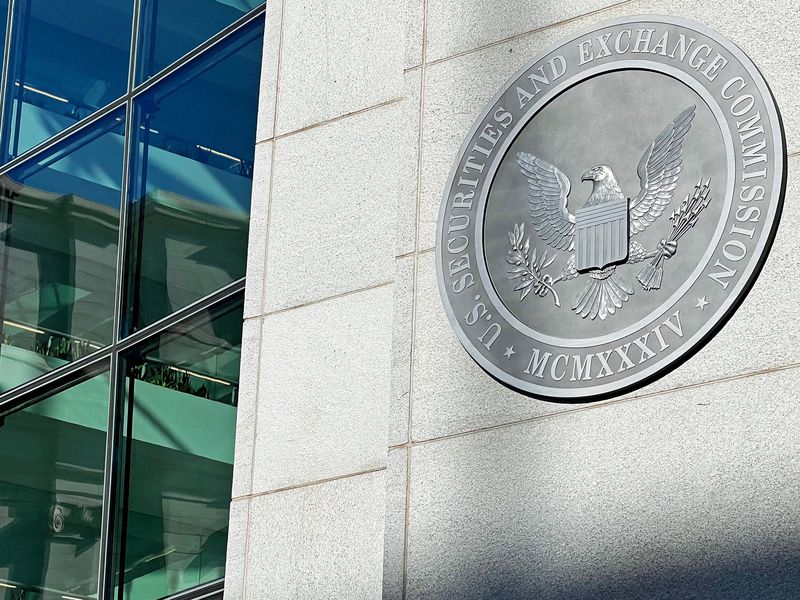Key Bitcoin Price Indicator Turns Bearish in First Since December

View
- Bitcoin could fall to the July 2 low of $9,614 and may break lower in the short-term, as the widely tracked MACD (moving average convergence divergence) histogram on the three-day chart has turned bearish for the first time since December.
- Buyer exhaustion above $12,000, as seen on the weekly chart, also supports the case for a stronger correction.
- Dips below $9,000 could be short-lived, courtesy of an impending golden crossover on the three-day chart.
- A weekly close above $12,000 would indicate a resumption of the rally from April lows near $4,000.
A widely tracked bitcoin (BTC) price indicator has turned bearish for the first time in seven months.
The moving average convergence divergence (MACD) histogram – an indicator used to identify trend changes and the momentum of the bearish or bullish movement – has dropped below zero on the three-day chart for the first time since Dec. 21, 2018.
The histogram crossing below zero is considered a sign of bullish-to-bearish trend change, while a move above zero is taken as confirmation of the bull reversal.
Some observers may argue that the MACD is based on moving averages and tends to lag prices. While that is true, crossovers on the three-day chart MACD have proved to be reliable indicators of changes in trends in the past, as seen in the chart below.

As seen above, the MACD’s drop below zero in the first week of January 2018 marked the beginning of the bear market. BTC’s price then fell from $17,000 to $6,000 in the four weeks to Feb. 6.
The same year, prices recovered to levels above $11,700 by the end of February. The MACD, however, failed to cross above zero in the first week of March and began reporting bearish conditions, following which BTC fell from $8,300 to $6,400.
More recently, the indicator crossed above zero, signaling a bearish-to-bullish trend change, almost four months before bitcoin broke into a bull market with a high-volume above $4,236 on April 2, 2019.
So, there is a strong case to believe that the latest bearish turn by MACD may be followed by a notable price drop.
Again, seasoned traders would point out that MACD crossovers often end up as contrary indicators. For instance, in a strong trending market, a bearish crossover on the MACD usually marks an end of the corrective pullback (opportunity for bargain hunters).
Indeed, like every other technical indicator, the MACD can and does produce fake signals. Hence, it’s advisable to seek an additional confirmation from other indicators and the price action in general.
The latest bearish cross on the MACD looks legitimate on that basis, as there are signs of buyer exhaustion on the technical charts.
Weekly and 3-day charts

On the weekly chart (above left), the previous three candles printed highs above $12,000, as indicated by their upper wicks, but failed to close (Sunday, UTC) above the psychological resistance amid overbought conditions reported by the 14-week relative strength index (RSI).
That is a classic sign of bullish exhaustion. Further, the RSI is now beginning to roll over from overbought levels (above 70.00), indicating scope for a deeper correction.
On the three-day chart (above right), the RSI has dived out of an ascending trendline, signaling an end of the rally from December lows.
All-in-all, BTC looks likely to fall back below the recent low of $9,614 (July 2 low) and extend losses to $9,097 (May 30 high) in the short run.
It’s worth noting that the long-term outlook will remain bullish as long as prices are held above the 200-day moving average, currently at $5,961.
Moreover, any dip below $9,000 could be short-lived, as the 50- and 200-candle MAs are set to report a bull cross in the next few days. A similar golden crossover was observed at the start of the bull run in February 2016.
As of writing, BTC is changing hands at $10,670, representing a 3.8 percent gain on the day. Prices picked up a strong bid around the 50-day MA of $9,900 yesterday and produced a strong daily close above $10,700 yesterday, as noted by renowned analyst Josh Rager.

However, in the last 12 hours, the cryptocurrency has struggled to settle above $11,000 and seems to have created another bearish lower high around that psychological resistance, as seen below.
4-hour chart
The bearish lower highs and lower lows indicate the path of least resistance is to the downside. BTC, therefore, could fall back to $10,000 in the next 24 hours.
A high-volume break above $11,000 would invalidate the bearish lower-highs setup and could yield a rise to $11,500.
That said, a weekly close above $12,000 is needed to revive the bullish view.
Disclosure: The author holds no cryptocurrency assets at the time of writing.
Bitcoin image via Shutterstock; charts by Trading View










